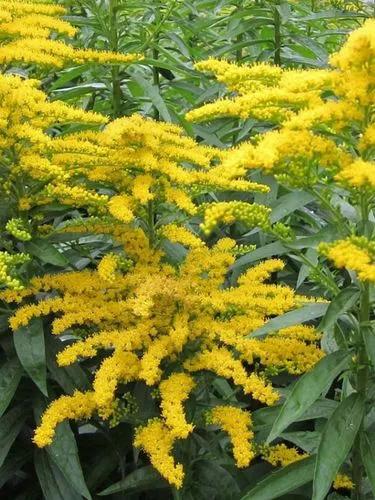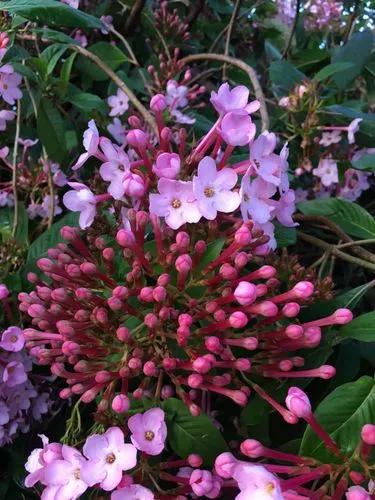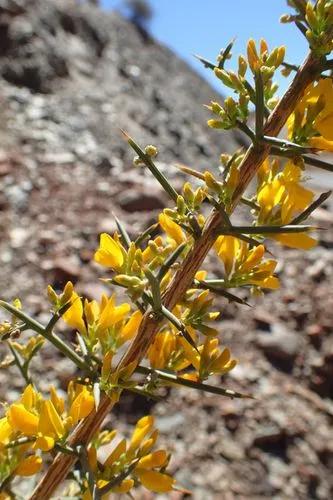This plant is a hit among gardeners, as it is easy to care for and will nicely decorate any path, border or hanging baskets that you might have around. Their various colored flowers will last throughout the whole summer and part of the fall and will attract insects such as bees and butterflies, being a perfect pair for your dream summer garden, especially if you decide to get one in every color you can find.
Geranium Plant Care
Pelargonium zonale
Other names: Horseshoe Geranium



Horseshoe geranium is cultivated for its rich flowers that already look like they’ve been placed together in a bouquet. They bloom in spring and stay in bloom until mid-fall. The color of these flowers varies from white to pink, bright red or salmon pink, and they have a rich fragrance. The flowers grow up to be about 2 feet (60 cm) tall. The leaves of the plant are dark green with purple tints and have a fuzzy texture to the touch. If you have pets, it is good to know that the petals of the flowers can be toxic if ingested and might cause stomach problems, so position them wisely.
How to Care for the Plant

Water

Geraniums like a moist environment, but having soggy soil and lots of humidity around might affect the flowers. If you keep your plant outside, water it daily in the first part of the day, never in the afternoon, as the plant does not have enough light and heat to absorb the water and nourish itself. If your Horseshoe geranium is kept inside, water every two-three days or when you see the top of the soil getting dry. Don’t let the roots of the plant stay dry for many days, as this will result in flowers dropping petals. On the other hand, don’t flood the plant with water, and remove any water accumulation from the saucer after you water the plant.

Pruning

The key aspect to consider when it comes to pruning, in order for your plant to keep blooming, is to cut the fading flowers so the plant can redirect the nutrients to the new flowers. Cut any dead leaves with sharp gardening scissors. A pruning technique used to get bushier plants is cutting a few inches/ cm of the new growth. New, healthy vines will soon sprout from this cut, resulting in a fuller, healthier plant. Once the temperature drops and you bring your plants inside, cut the stems to about 8 inches (20 cm), so there are not many leaves left for the plant to care about. They need to stock as much energy as possible during the cold season, so they can bloom more vividly with springtime.

Fertilizer

Use a liquid fertilizer that you dilute to half its strength in the plant’s water every two weeks during the growth period. This will give the flowers an extra boost to bloom. Don’t over-fertilize them, as this can lead to mineral accumulation that will quite do the opposite of blooming to your flowers.

Sunlight

The flowers of your geranium depend on sunlight, so give them plenty of sunny hours outside. It is better to keep them in the morning sunlight, as the afternoon sun can affect the flowers and the leaves of the plant and slow down their growth rhythm. If you keep them indoors, offer them the best sunny spot in a South-oriented location, so they can get as much sun as possible.

Soil

You can use any potting soil that you find; just make sure it is well-draining soil, and slightly acidic, with 6-6,5 pH levels. Try not to use garden soil as this might carry disease and affect the roots of the plant. Ideally, you will plant your geranium in loamy soil if planted directly in the garden, as this type will maintain the right moisture levels and support the plant.

Propagation

The most common way to propagate your Horseshoe geranium is by cuttings. In late fall, cut a few stems that have healthy leaves on them and plant the cuttings into a soil mix that does not get too dense with time. Keep the soil moist, but don’t waterlog the plants. Soon, the roots will start to establish and your new plants will be ready to be transplanted in their permanent container. Acclimatize them gradually to the outdoors temperature as the winter progresses so you don’t give them a temperature shock when you first take them outside.

Temperature

Horseshoe geranium, as all geranium plants, prefers a moderate environment at about 55-65 °F (12-18°C) and likes to be kept in cooler places. If you grow them inside, normal room temperature should be great for them. However, if you keep the plant in the garden, it might be problematic to keep them alive if the days get too heated. Geranium does not do very well in humid conditions, so keep them away from humid indoor rooms where they will get misted. In winter, bring them inside to a dark, cool place if the temperatures drop down to freezing degrees, as the plant is frost sensitive.

Container

This plant does well in any container that has drainage holes, so just pick the one that you like best. You will not need to repot the plant too often, only when you see the roots peeking out of the container, but if you get your plant before it reaches maturity, you will need to repot next year in a bigger container during springtime.

Fun fact

Horseshoe geranium is not only pretty, but its leaves can also be great first-aid tools for minor cuts, as they can stop the cut from bleeding. So, if you like to garden without gloves, it is best to have geraniums around.

Popularity

27,703 people already have this plant 4,494 people have added this plant to their wishlists

Common pests

Aphids, spider mites, and whiteflies are usually attracted to geranium’s flowers, and sometimes you will also notice caterpillars on their foliage. Insecticidal soap or neem oil should do the job and let your plant pest-free, but act quickly, as they enjoy eating the flowers and will soon leave you without any blooming beauties.

Frequent diseases


Botanist’s tips

Discover more plants with the list below
Popular articles






